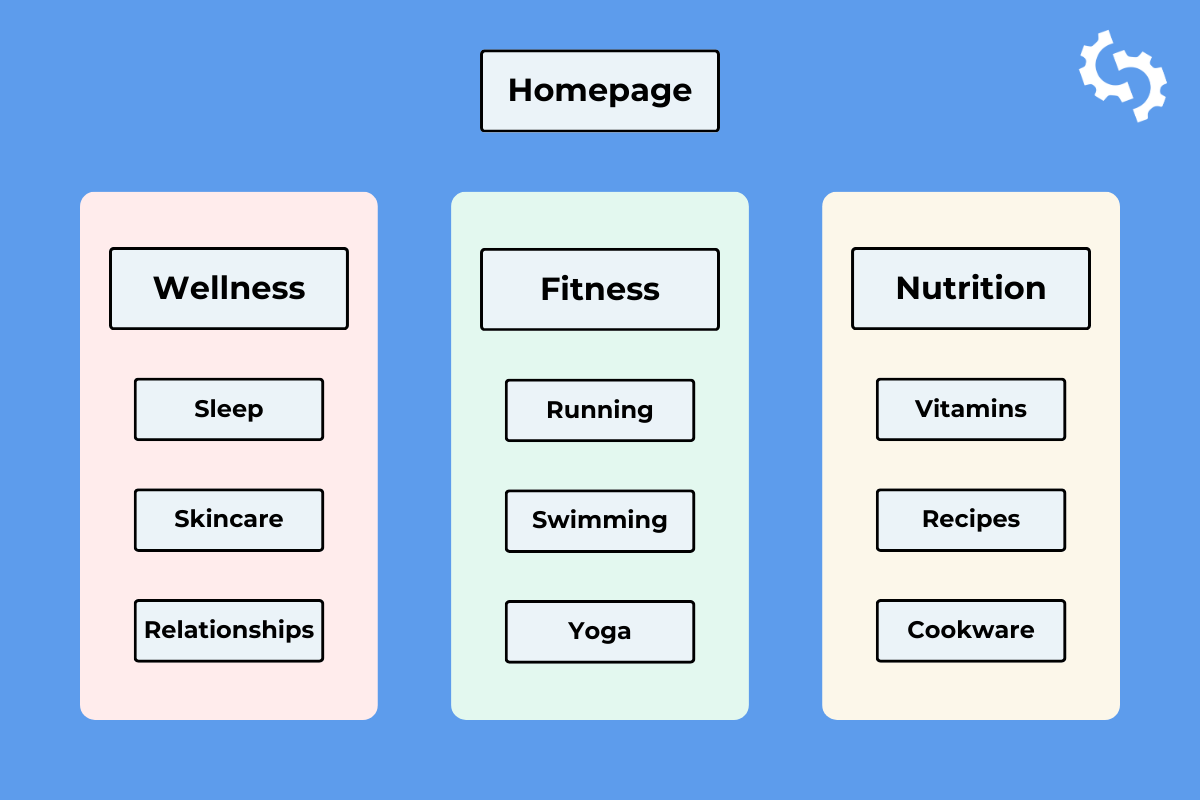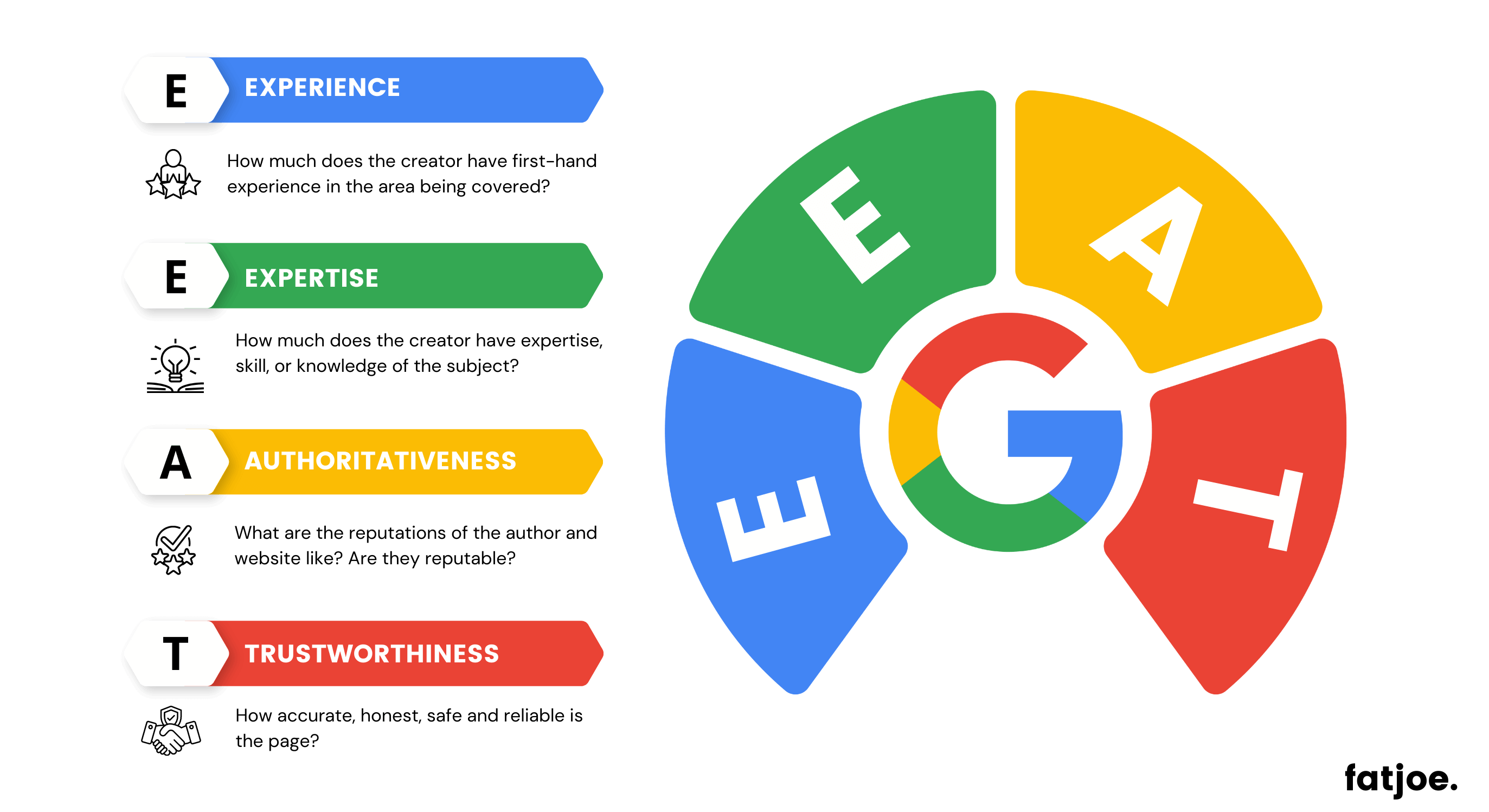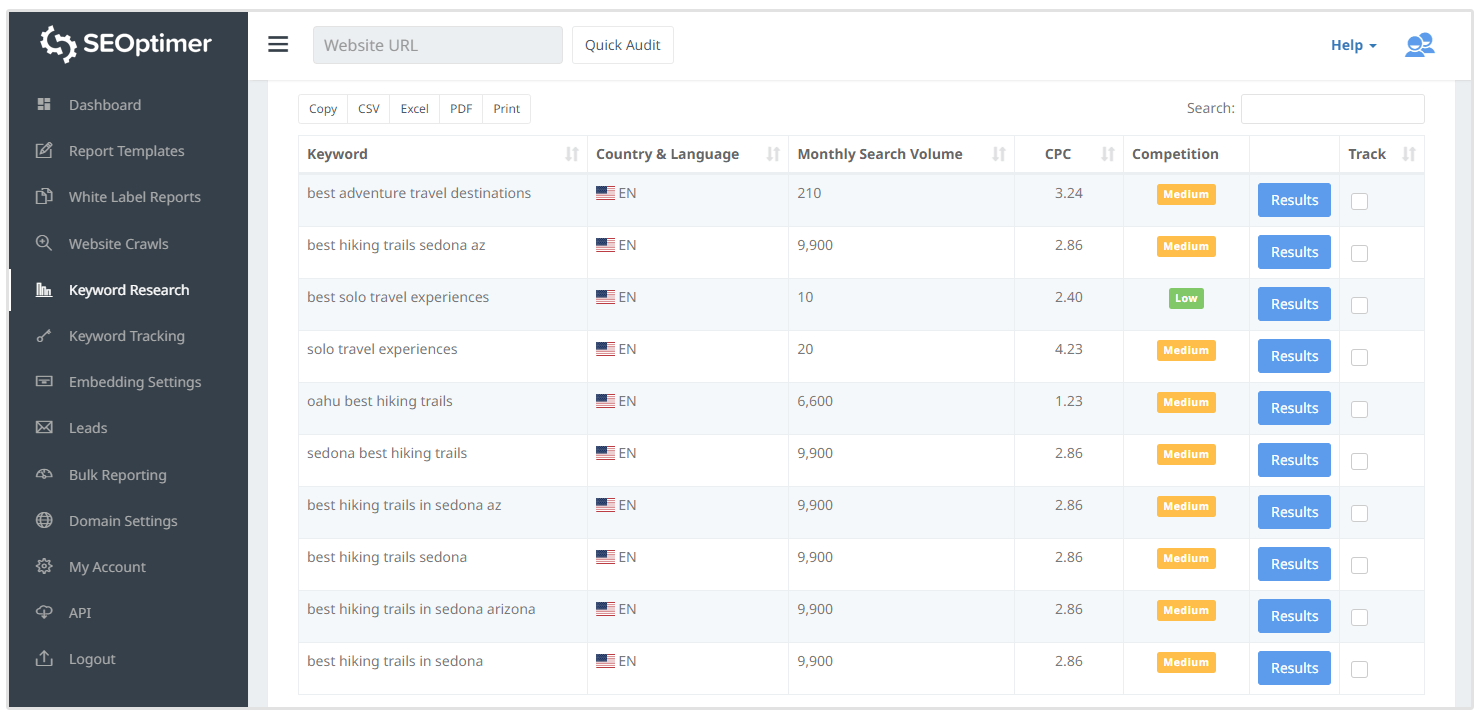
While content silos have been a popular approach in the past, traditional SEO content silos may not be as useful in today's evolving search landscape.
Search engines like Google use complicated ranking algorithms to understand the context and semantics of content. The emphasis has shifted from rigid keyword-based optimization to more contextually relevant and user-focused content.
As a result, you should stop focusing on creating traditional keyword-focused content silos and use a more integrated and user-friendly content structure.
The key is to strike a balance between SEO optimization and user-centric content strategies, adapting to the dynamic environment of search engine algorithms and user expectations.
What are Content Silos?
Content silos are an SEO strategy for organizing and structuring information on a website to enhance search engine optimization and improve user experience. The concept involves grouping related content within a hierarchical structure, creating distinct themes or topics that are easily navigable.

Each theme or topic is considered a "silo," and content within each silo is interconnected.
Here are the key characteristics of content silos:
Hierarchical Structure
Content silos are organized hierarchically, with broader topics or categories at the top and more specific subtopics or pages beneath them. This structure aims to create a logical and organized framework for the website.
Themed Grouping
Within each silo, content is thematically related. This means that pages or articles within a silo should focus on a specific aspect of a broader topic, creating a cohesive and comprehensive coverage of that subject.
Website Optimization
Content silos are designed, in part, to optimize a website for search engines. By organizing content thematically and providing clear link structures, search engines can better understand the relevance and context of the content, potentially improving the site's search rankings.
User Experience
While SEO is a significant consideration, content silos also aim to enhance the user experience. Visitors can easily navigate the website, locating information on specific topics without unwanted confusion.
Keyword Targeting
Content silos often target specific keywords or search phrases within each themed category. This targeted approach can improve the site's visibility for relevant search queries.
Example of Content Silo
Let's consider an example of a website that provides information about fitness and wellness. In this case, the website could employ content silos to organize information around distinct themes or fitness-related topics.

Each silo represents a specific aspect of the broader fitness and wellness category:
Main Silo: Fitness and Wellness
- Overview of the website's mission and approach to fitness and wellness.
- General articles on the importance of a healthy lifestyle.
Silo 1: Nutrition
- Articles about healthy eating habits.
- Nutritional guides and tips for maintaining a balanced diet.
- Recipes for nutritious meals.
Silo 2: Exercise Routines
- Workout plans for different fitness levels.
- Tips on creating an effective exercise routine.
- Video demonstrations of specific exercises.
Silo 3: Mental Health
- Content addressing the connection between physical activity and mental well-being.
- Stress management techniques.
- Mindfulness and meditation practices.
Silo 4: Fitness Gear and Equipment
- Reviews of fitness equipment.
- Recommendations for workout gear.
- Guides on using various exercise tools.
Each of these silos focuses on a specific aspect of fitness and wellness. Within each silo, a collection of related content is internally linked, creating a thematic and cohesive structure.
For instance, within the "Running" silo, articles about running training plans might link to recipes and reviews on running gear. This content silo approach helps users and search engines navigate the website more easily.

Users interested in running can find comprehensive information without having to search through unrelated content all over the site.
Simultaneously, search engines can better understand the organization of the site, potentially leading to improved rankings for relevant search queries related to fitness, nutrition, exercise, and mental health.
Are Content Silos Important for SEO?
Content silos have historically been considered important for search engine optimization.
The concept of content silos is rooted in the idea that organizing content in a hierarchical and thematic structure can help search engines understand the relevance and context of information on a website.
While the importance of content silos can vary depending on factors such as website size, industry, and content strategy, here are some reasons why they have been considered beneficial for SEO:
Organized Site Structure
Content silos provide a clear and organized structure to a website, making it easier for users and search engine crawlers to navigate. A well-organized site structure can contribute to a positive user experience and improved crawlability.
Keyword Relevance
By grouping related content within a silo, it becomes easier to target specific keywords or topics. This can help search engines recognize the thematic relevance of a group of pages, potentially leading to improved rankings for relevant search queries.
Improved User Experience
While the primary goal of content silos is often SEO, the organized structure also benefits users. Visitors can more easily find information on specific topics without getting lost in unrelated content.
Topic Authority
Google and other search engines increasingly value websites that demonstrate expertise and authority, also referred to as E-E-A-T, on specific topics. Content silos can help in establishing a website as an authoritative source by providing in-depth coverage of particular themes.

Image source: Fatjoe
While content silos can contribute to a well-organized site, they are not the only factor influencing SEO. Search engines are now placing greater emphasis on factors such as content quality, relevance, user intent, and mobile-friendliness. Hence, a strategy upgrade is required.
The Problem with Traditional Content Silos
While traditional content silos have been a common practice in SEO, there are some challenges associated with this approach. Here are key issues with traditional content silos:
Prohibits Internal Linking
The conventional approach to content silos, while effective in creating thematic clusters, often imposes a rigid structure that prohibits internal linking to pages beyond the confines of a specific silo.
This limitation arises from the strict categorization of content, and as a result, valuable pages situated outside the silo are excluded from internal linking.
Unfortunately, this can have adverse effects on SEO, as internal links play a crucial role in signaling the importance and relevance of content to search engines.
By strictly adhering to traditional content silos, you miss out on the opportunity to harness the full SEO potential of internal linking.
Internal links are not only about connecting related content within a silo but also about establishing broader thematic connections across the entire website.
A more strategic and modern approach involves embracing a flexible content silo structure that allows for cross-silo internal linking.
Rigidity and Lack of Flexibility
Traditional content silos can create a rigid structure that may be challenging to adapt to changes in content or user behavior.
In the fast-paced digital environment where trends, preferences, and search algorithms are subject to constant change, this lack of flexibility becomes a notable limitation.
For instance, if a sudden surge in user interest for a specific topic occurs, a flexible content strategy can readily incorporate and optimize content around that theme. However, a traditional silo might encounter difficulties in promptly integrating such changes, potentially resulting in missed opportunities and reduced SEO efficacy.
Keyword-Centric Focus
In the contemporary SEO landscape, search engines have evolved to prioritize user experience and the delivery of relevant content that aligns with user intent.
Rather than relying solely on keyword consistency or strict keyword matching, algorithms now aim to understand the semantic meaning behind the user's search query. This shift emphasizes the importance of providing comprehensive and contextually rich content that genuinely addresses the user's needs.

Image source: Backlinko
A keyword-centric focus in content silos may lead to content that feels forced, lacks depth, or fails to resonate with the audience. It can result in a disjointed user experience, where the content appears to be designed primarily for search engines rather than human readers.
This misalignment with modern search engine algorithms can adversely impact the visibility and ranking of the content.
Fragmentation of Content
Content silos may lead to fragmentation, where related content is separated into different silos. This can result in missed opportunities for providing a comprehensive and interconnected view of a topic.
Moreover, from an SEO perspective, fragmentation poses the risk of diluting the overall authority and relevance of content.
Search engines favor comprehensive and in-depth content that addresses a topic comprehensively. When information is scattered across various silos, the collective impact and authority of the content may diminish.
User Experience Sacrifices
In some cases, the emphasis on SEO in traditional content silos may sacrifice user experience. Navigating between different silos can prove challenging for visitors, disrupting the seamless flow of information.
Users may encounter difficulties in finding related or supplementary content, leading to a less-than-ideal browsing experience. It's especially a problem when topics cover different areas, making users go back and forth a lot. This can be annoying and make it tough for them to consume the content easily.
How to Create a Better Content Silo Strategy
Creating an effective SEO content silo strategy involves careful planning, keyword research, content creation, optimization, and strategic internal linking. Here's a step-by-step guide:
Plan Out Your Content Strategy
In the initial phase of creating an effective SEO content silo strategy, it's crucial to establish clear goals for your website. Define the objectives you aim to achieve and identify your target audience.
Once these foundational aspects are in place, move on to identifying key topics that align with your business objectives and are relevant to your audience. This strategic planning sets the groundwork for the subsequent steps in developing your content silo strategy.
Perform Keyword Research
Keyword research is a pivotal step in understanding the language and queries your target audience uses to find information.
Identify primary and secondary keywords related to your chosen topics. Beyond simply listing keywords, delve into understanding user intent, like what specific information or solutions users are seeking when they use these keywords.
For example, if you are promoting a travel website, your primary keywords might be "adventure travel destinations," and related secondary keywords might be "solo travel experiences," "budget-friendly adventure trips," and "best hiking trails.”

Create Silos or “Hubs”
Organize your identified topics into content silos or hubs. Each silo should represent a broad thematic category, and within each silo, identify subtopics or supporting content.
Taking the example above, different themes can be:
- Adventure Travel Destinations
- Solo Travel Experiences
- Budget-Friendly Adventure
- Best Hiking Trails
Develop pillar content for each silo that serves as the cornerstone for the entire topic. This hierarchical organization forms the basis for creating a structured and interconnected content architecture.
The different pillar content examples for each silo can be:
- Discovering Hidden Gems: Adventure Travel Destinations
- Embracing the Journey: Solo Travel Stories
- Adventure on a Budget: Thrilling Trips without Breaking the Bank
- Exploring Nature's Wonders: Best Hiking Trails Around the World
Optimize Content
Once your content silos are defined, shift your focus to optimizing the individual pieces of content. Implement on-page SEO strategies, including crafting compelling titles and meta descriptions, and using appropriate heading tags.
Beyond SEO, prioritize creating high-quality, engaging content that provides real value to your audience. Additionally, ensure your content is optimized for smartphones and mobiles to cater to the increasing number of mobile users.
Add Internal Links to Relevant Pages
Internal linking is a key component of an effective content silo strategy. However, traditional content silos didn't allow for internal linking outside of silos.
Break the old rules by intentionally linking pages, even if they're not in the same silo. This makes a sort of web that brings together different parts of your website. This new way of linking helps people find things easily and makes your content show up better in search. It's like creating a map that helps both search engines and people make sense of everything on your website.
You should strategically add internal links between pillar content and relevant subtopics, creating a network of interconnected pages.
Also, pay careful attention to anchor text, using descriptive and relevant terms for your internal links.

Internal linking not only enhances search engine visibility and ranking potential but also elevates the overall user experience, making your content more accessible, interconnected, and valuable to both search engines and your audience.
Conclusion
Traditional content silos may have once seemed like an organized way to manage information, but they often lead to disjointed user experiences, hinder collaboration, and impede the overall effectiveness of a content strategy.
By breaking down these silos and adopting a more interconnected approach, businesses can improve the user journey and maximize the impact of their content. As your website evolves, be prepared to iterate on your content strategy by identifying new topics, expanding existing silos, and adapting to the changing landscape.










